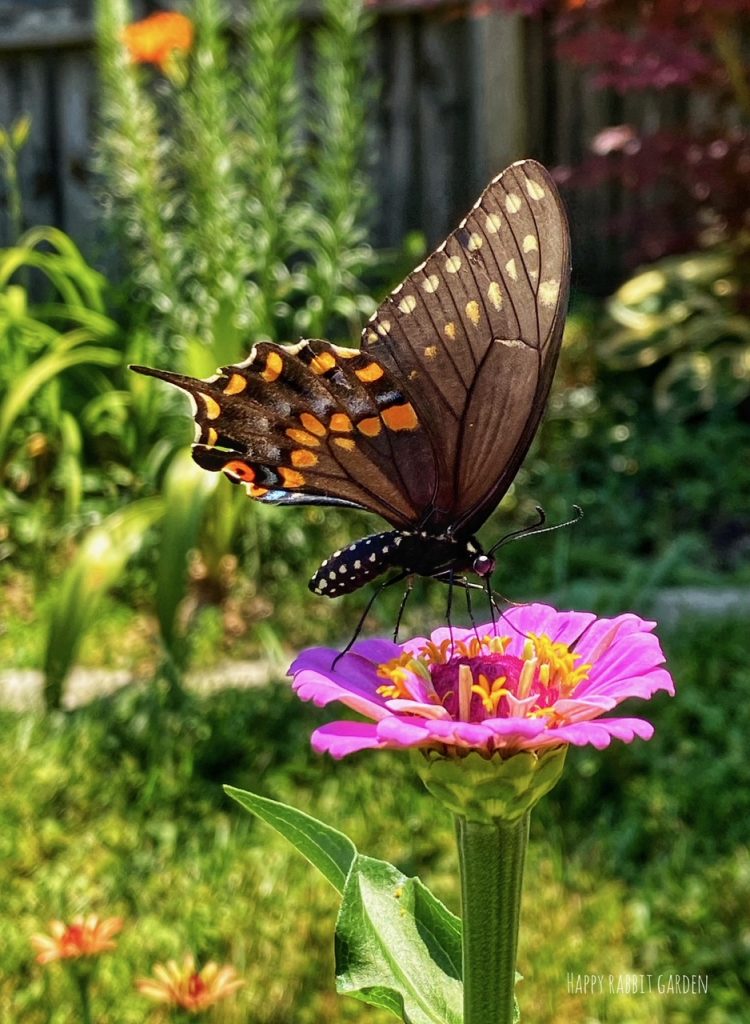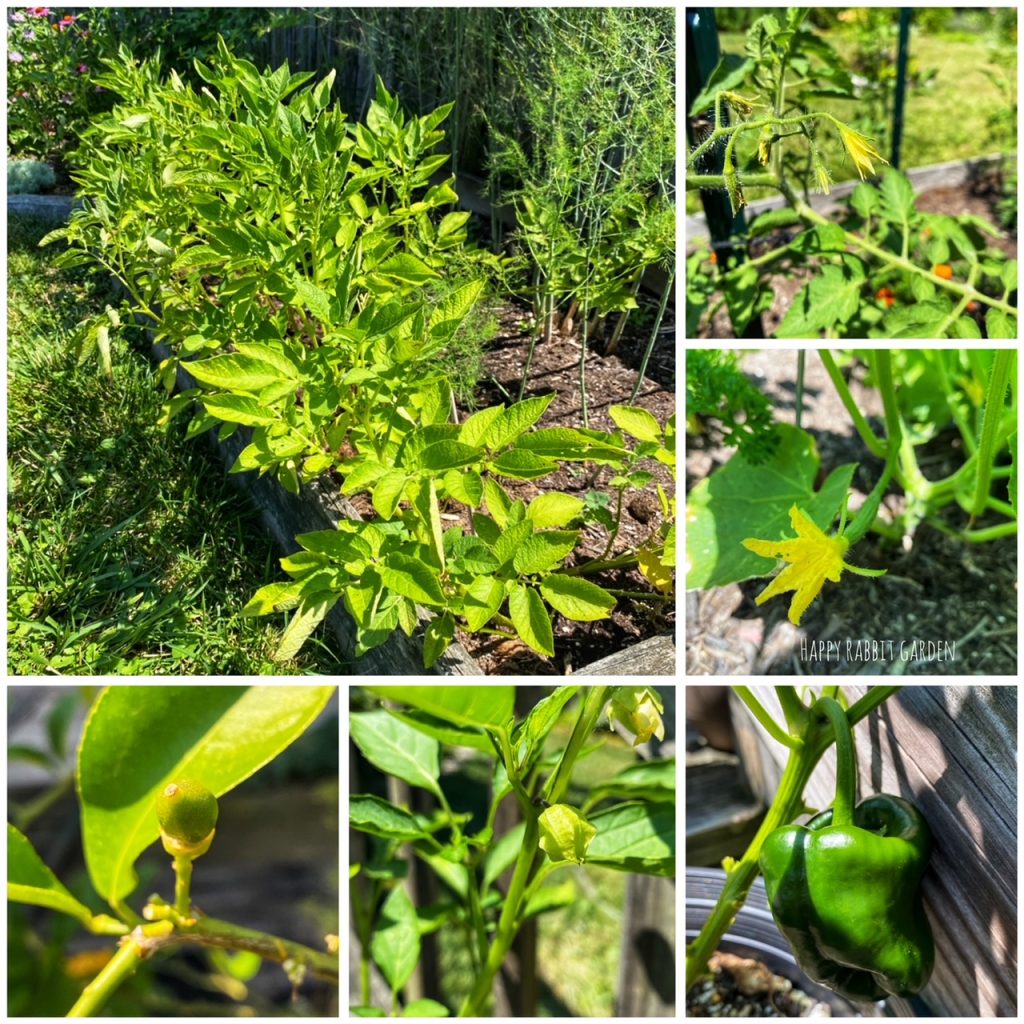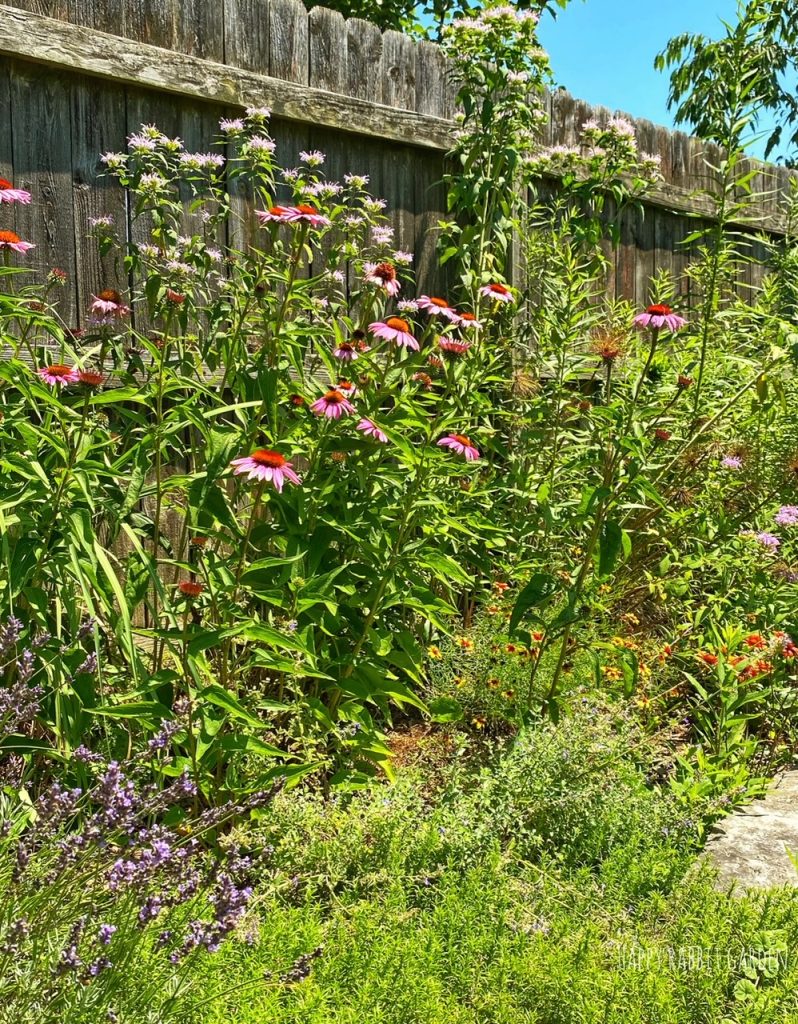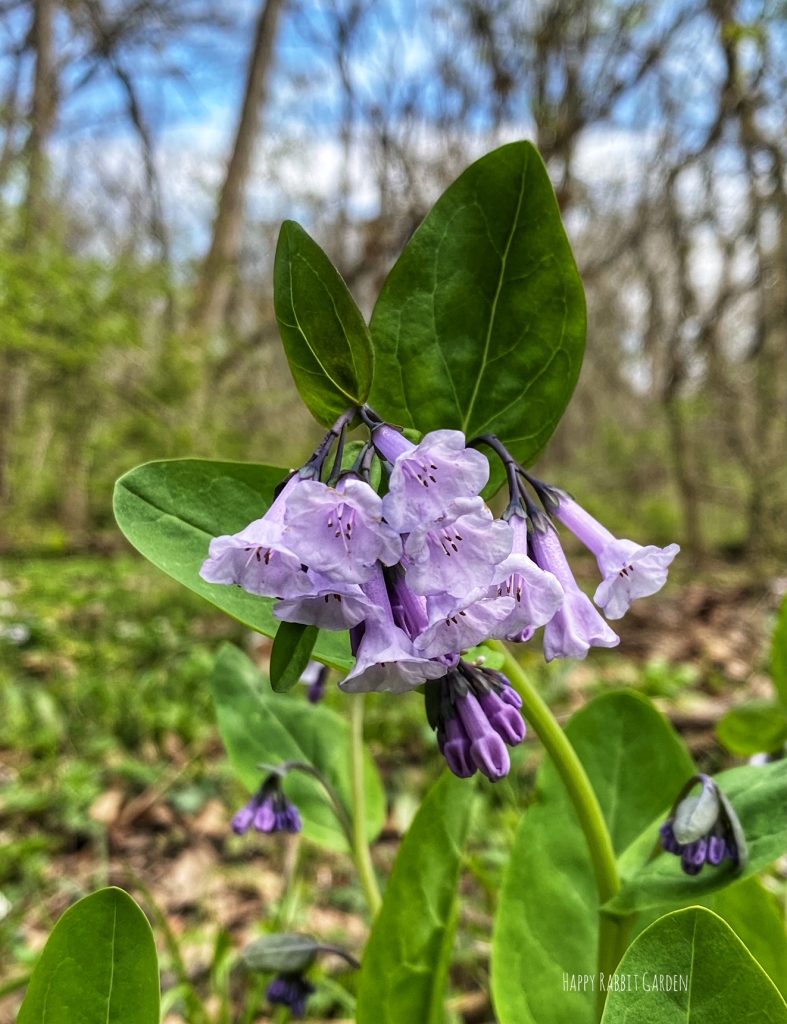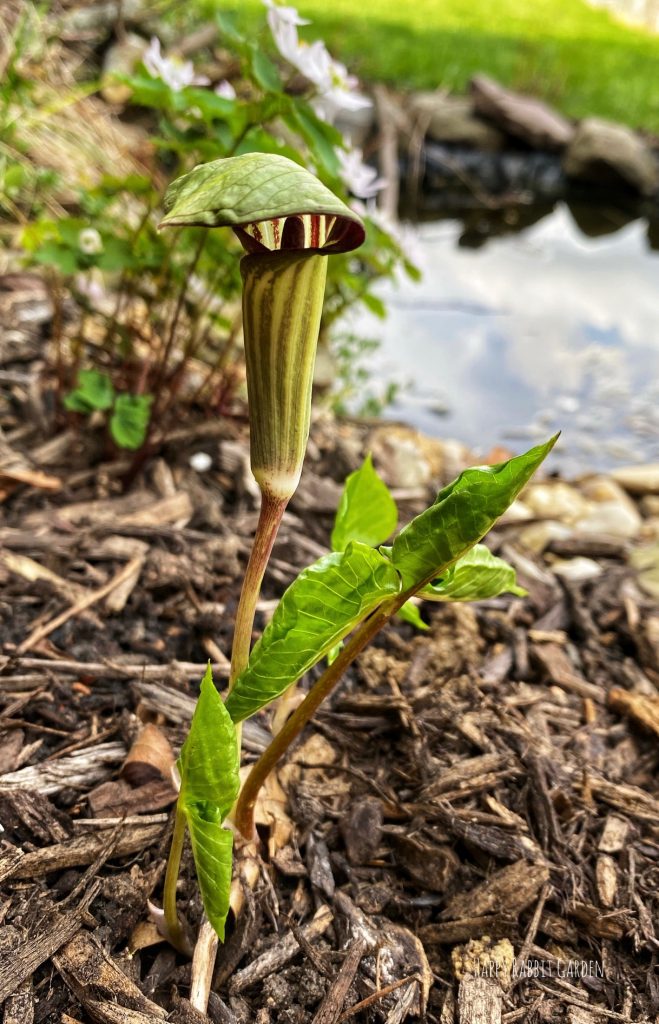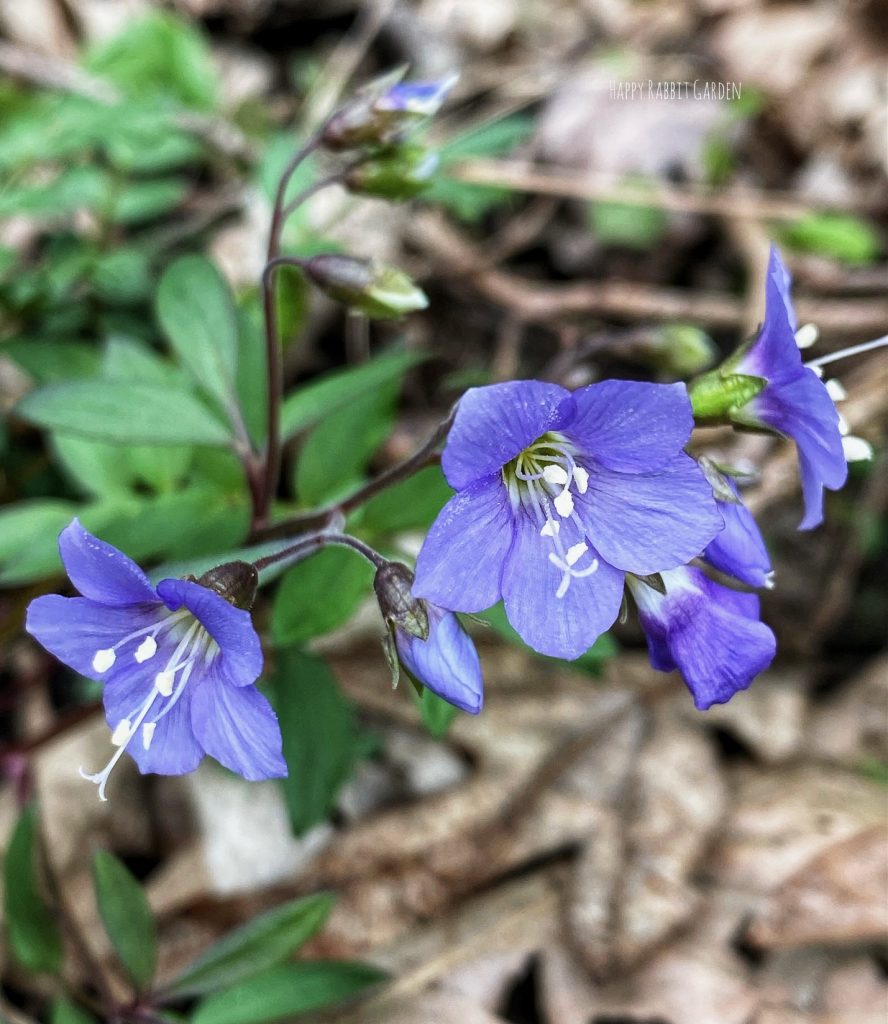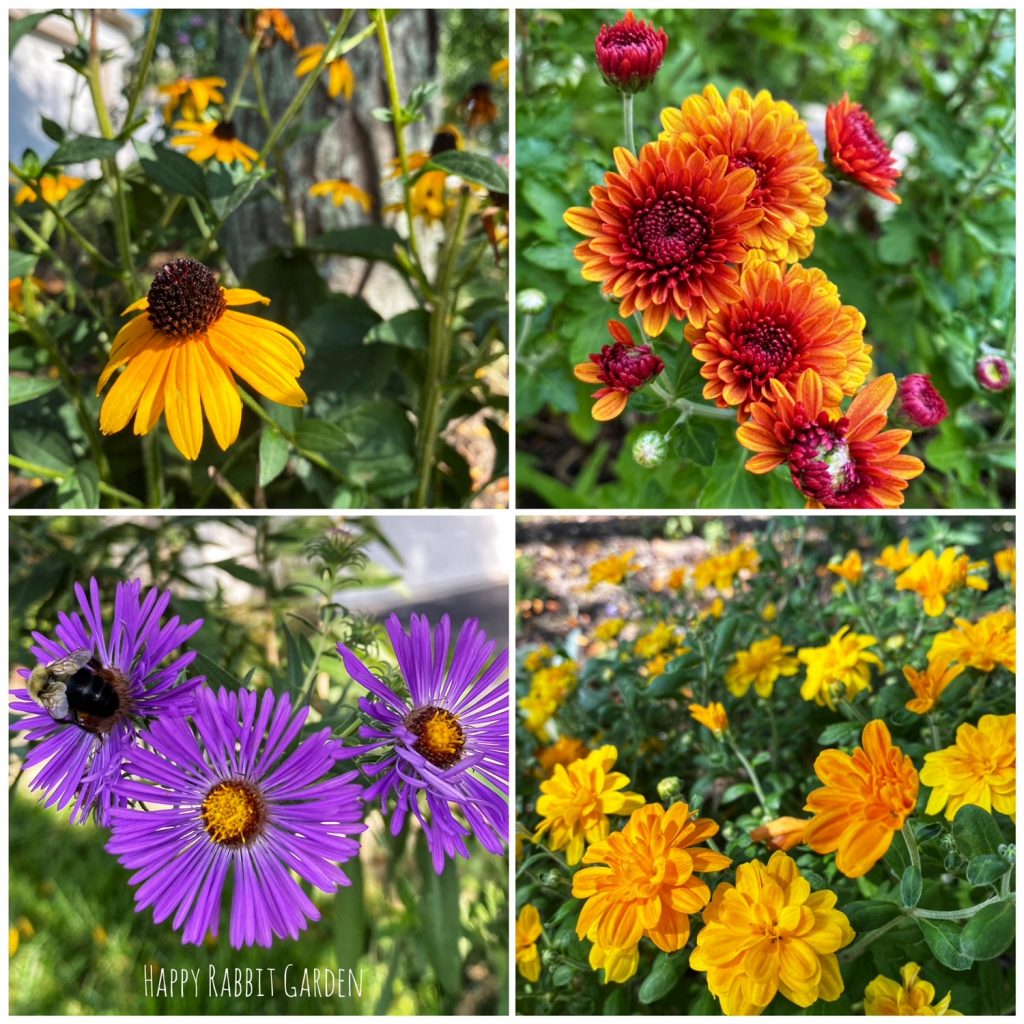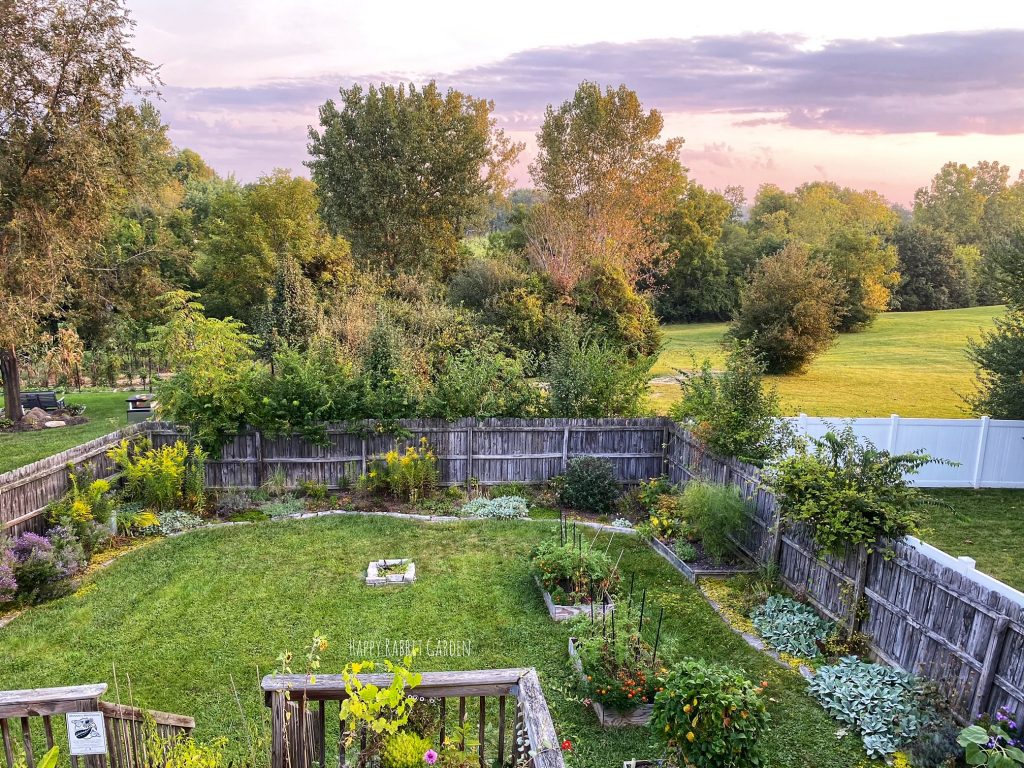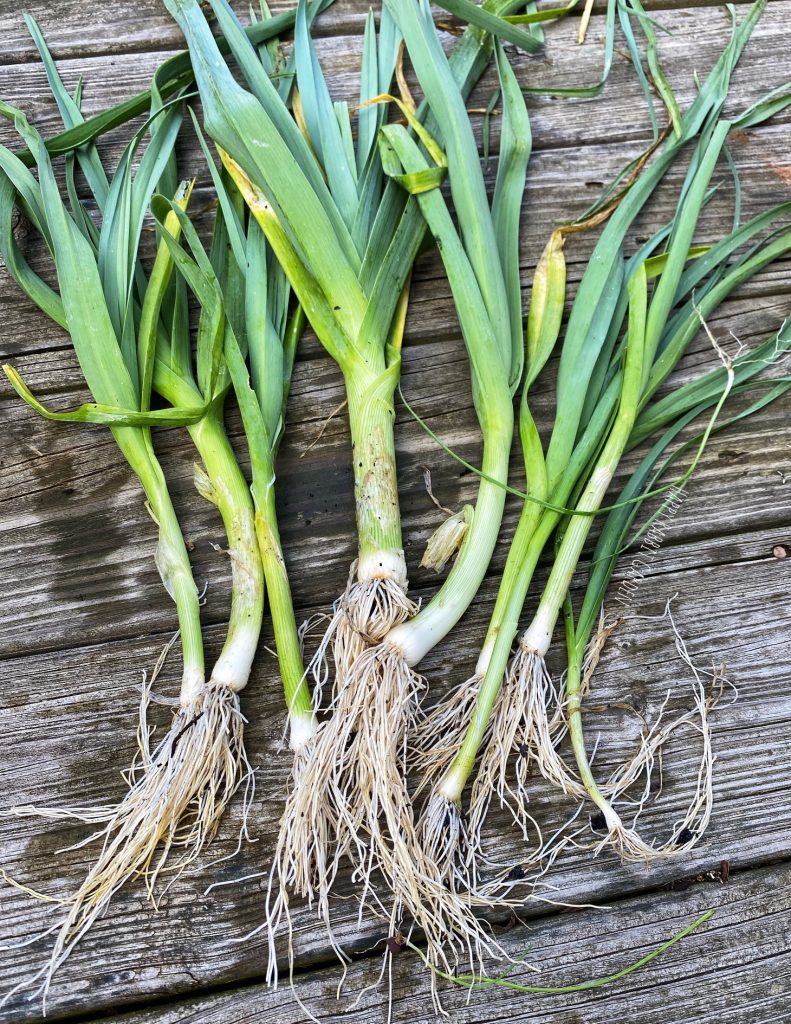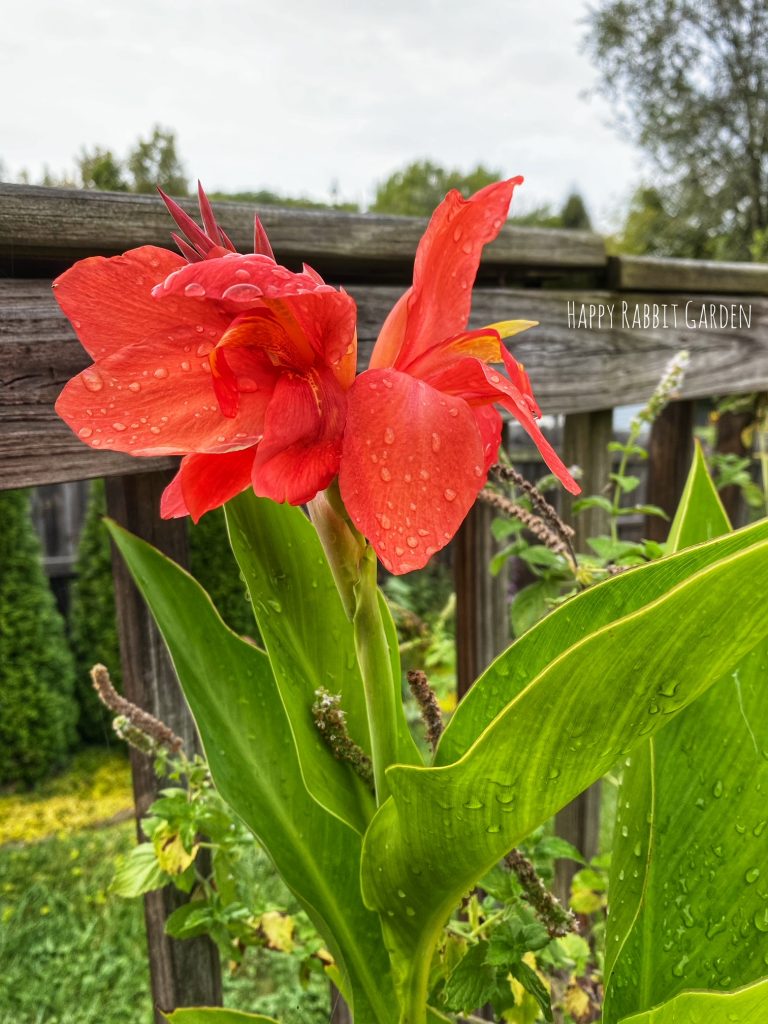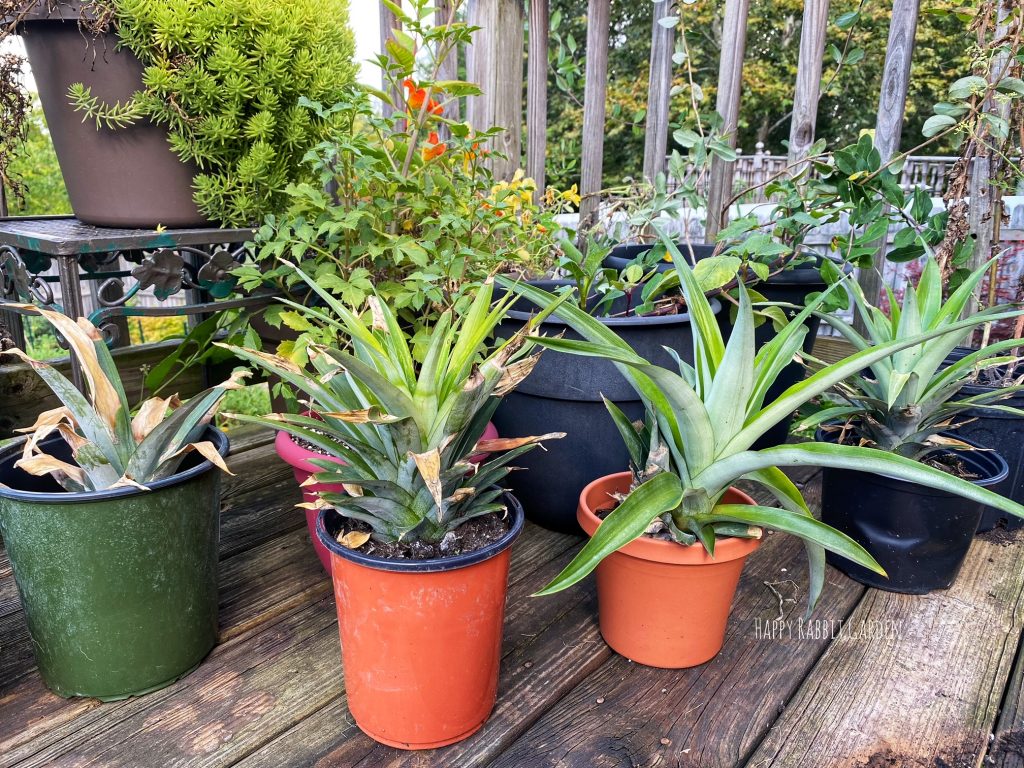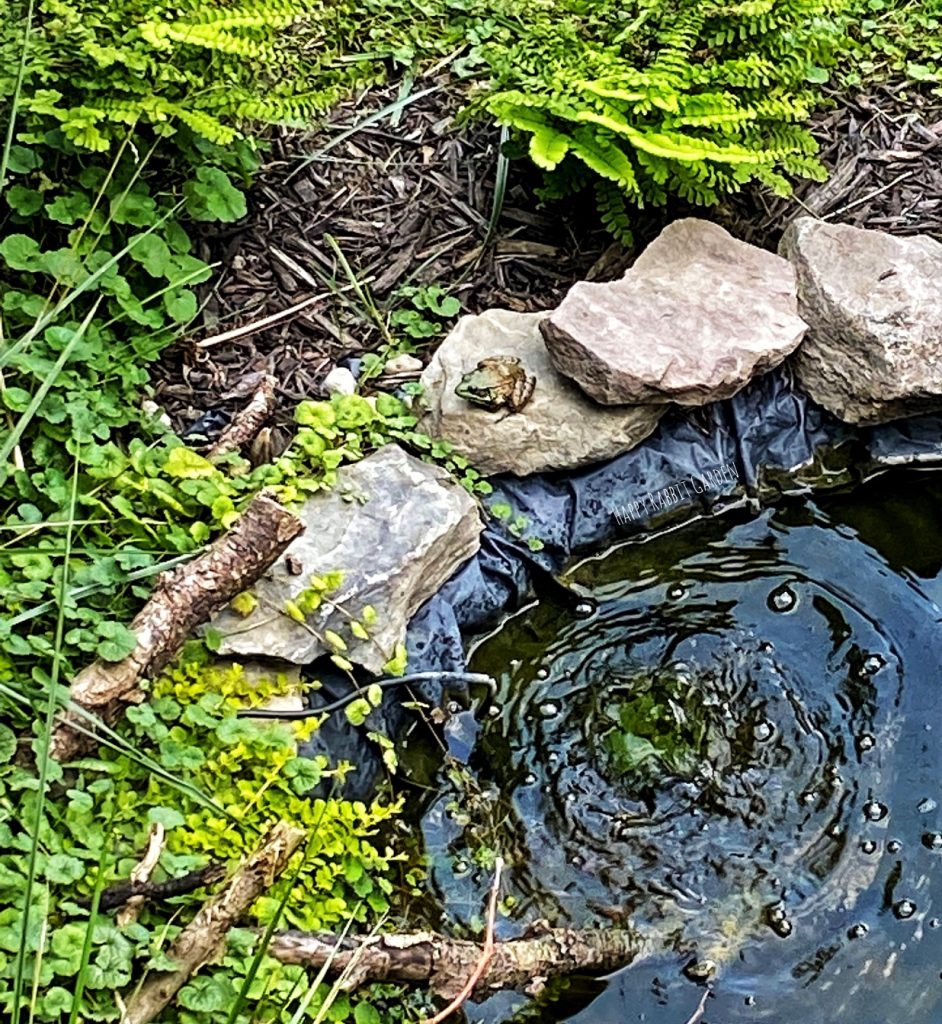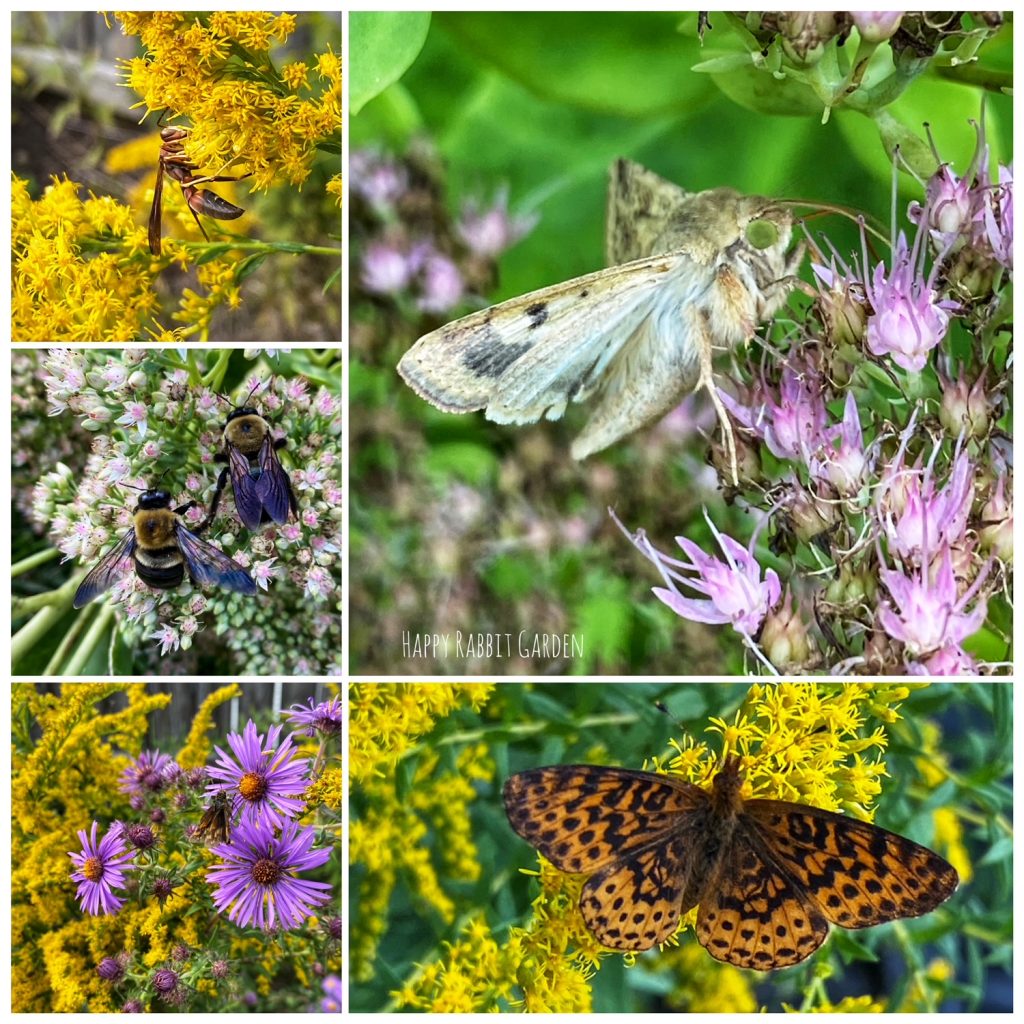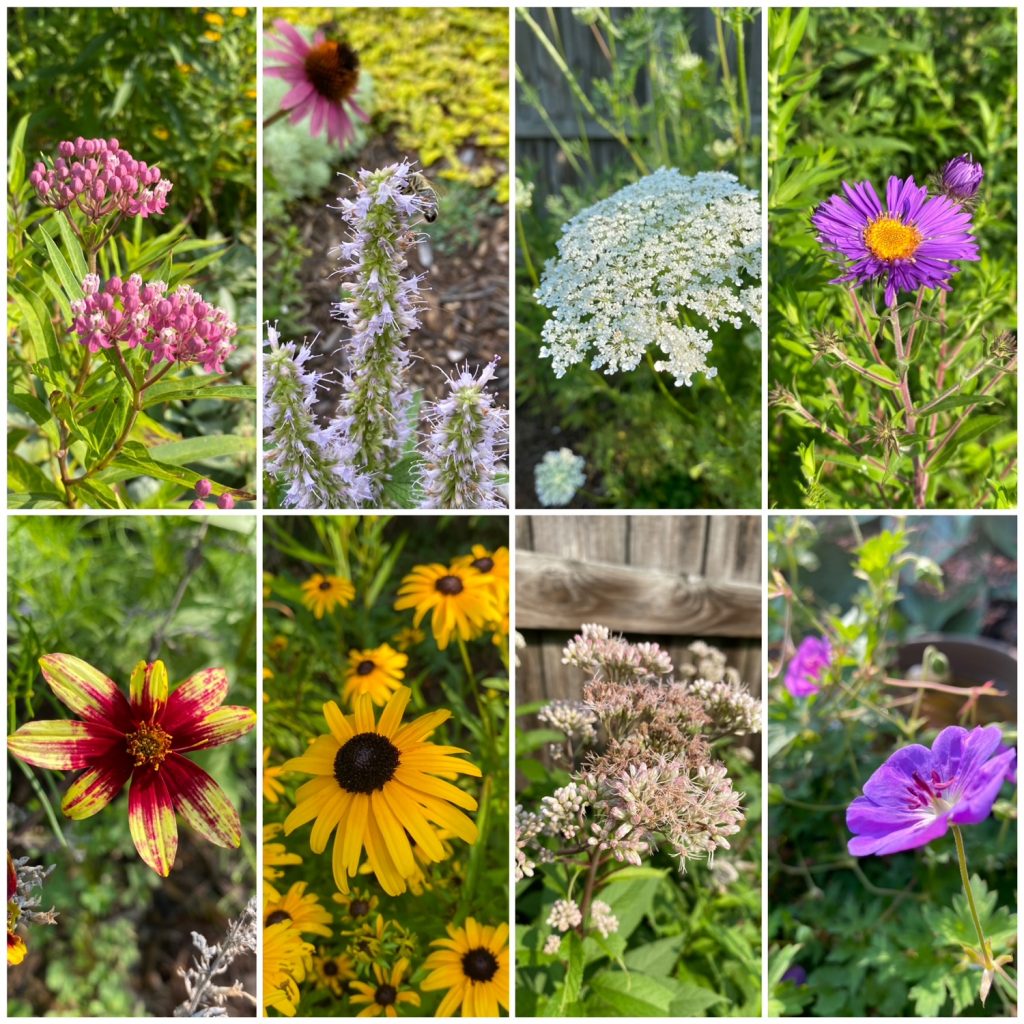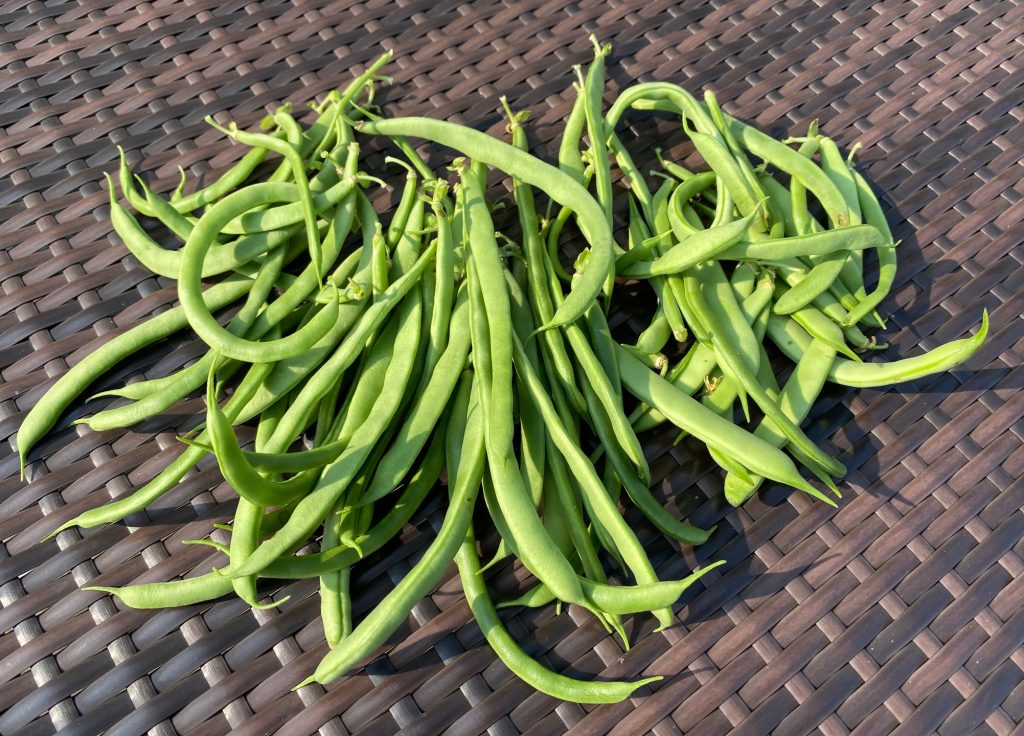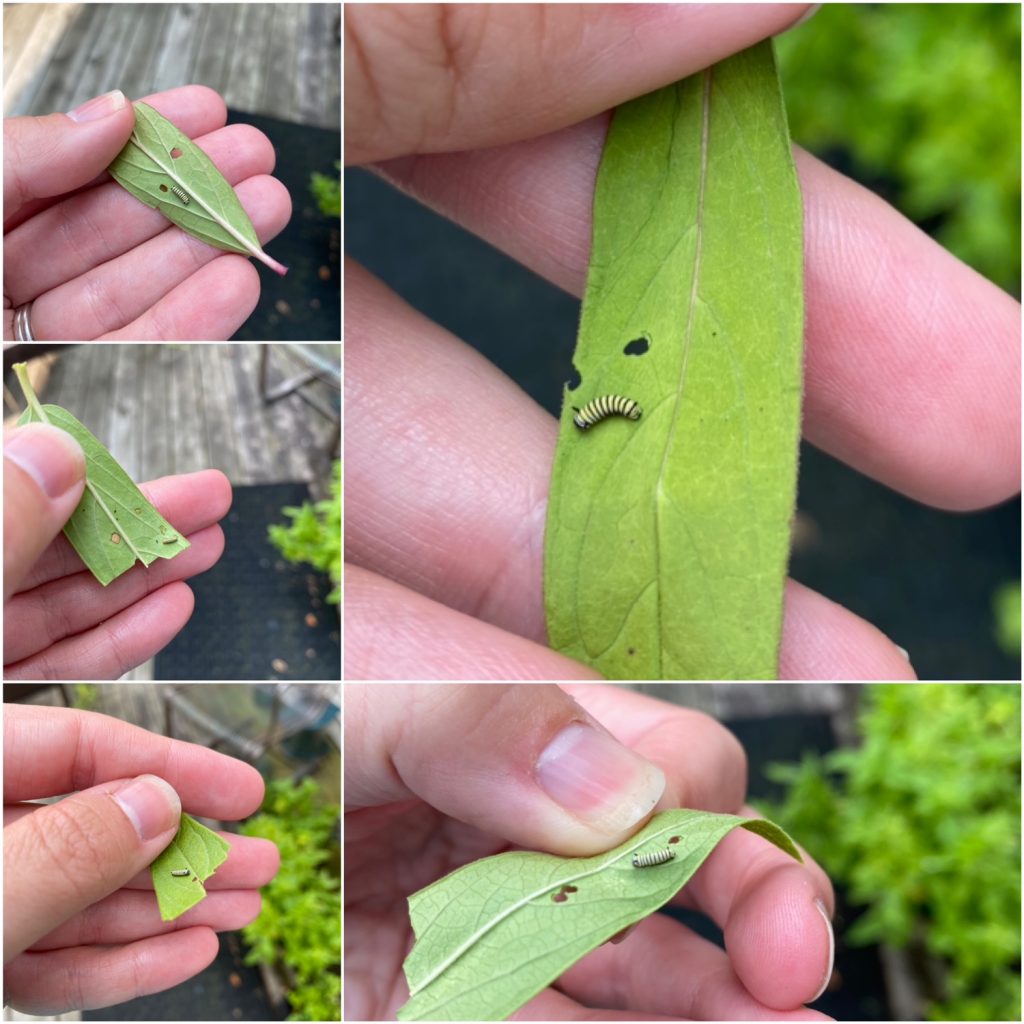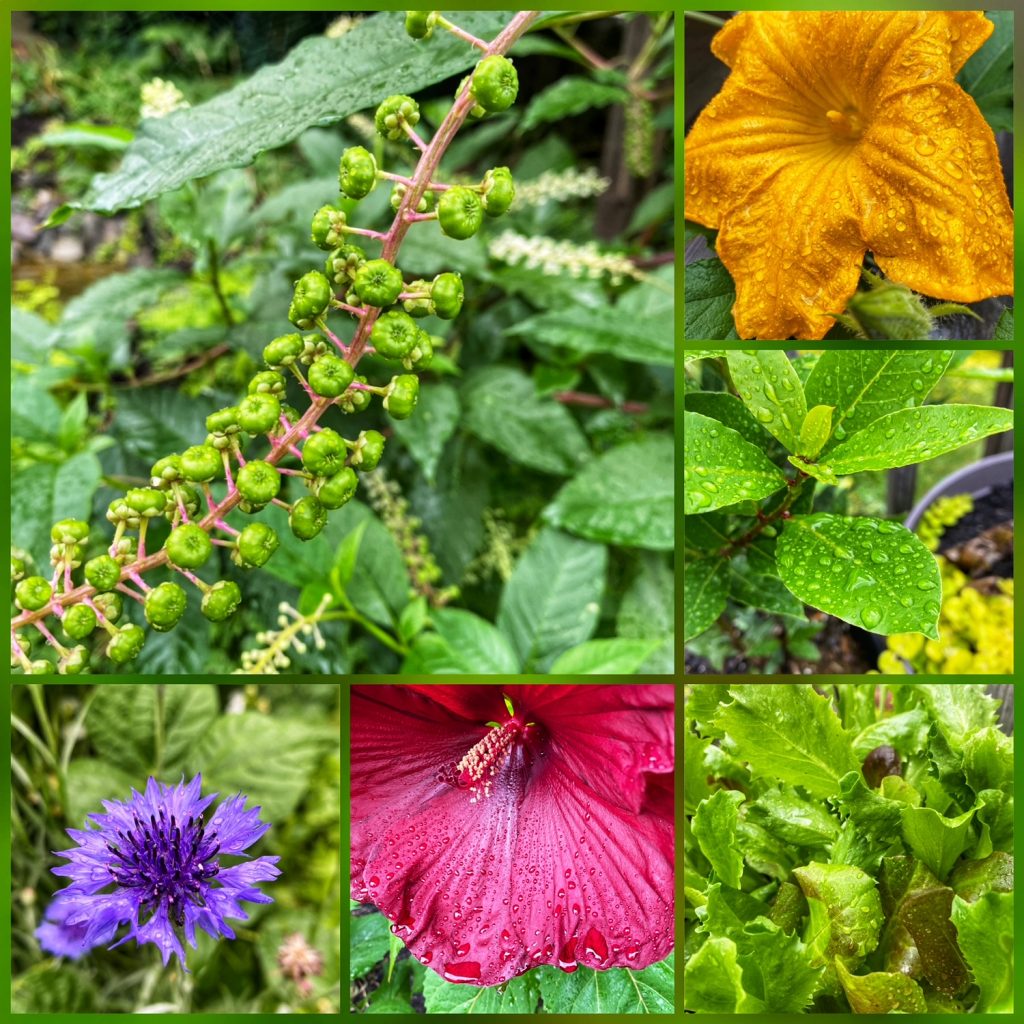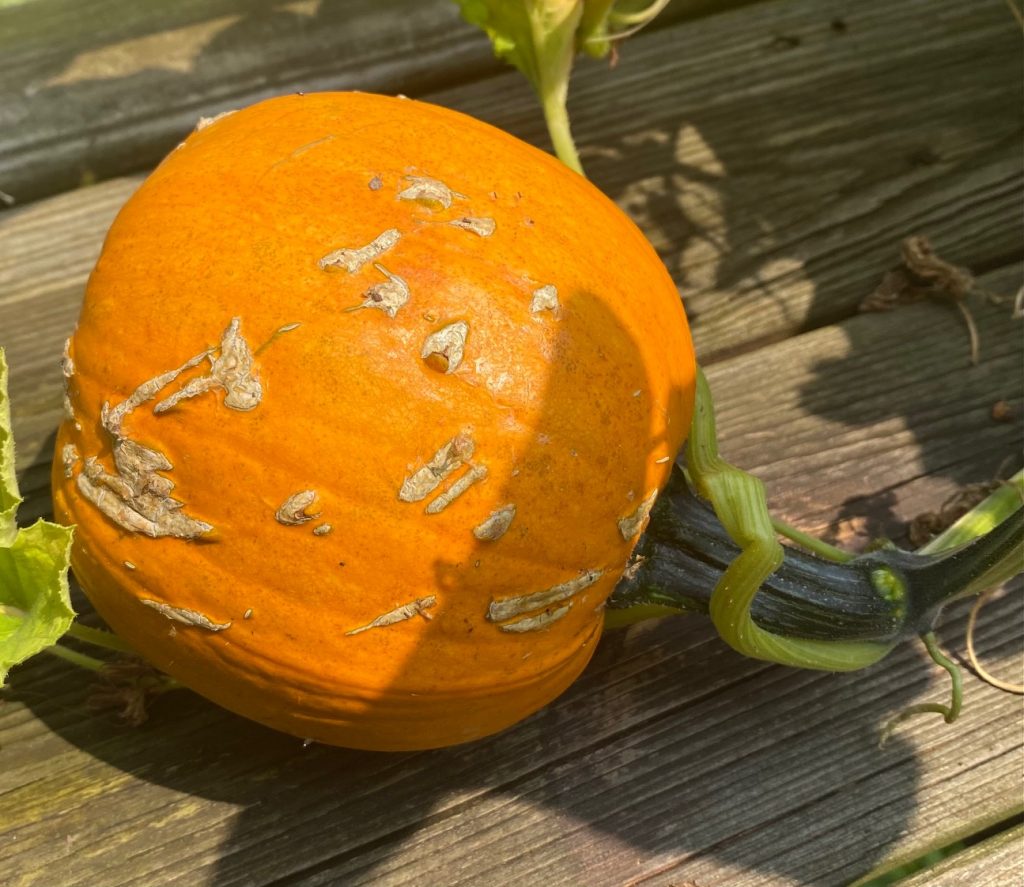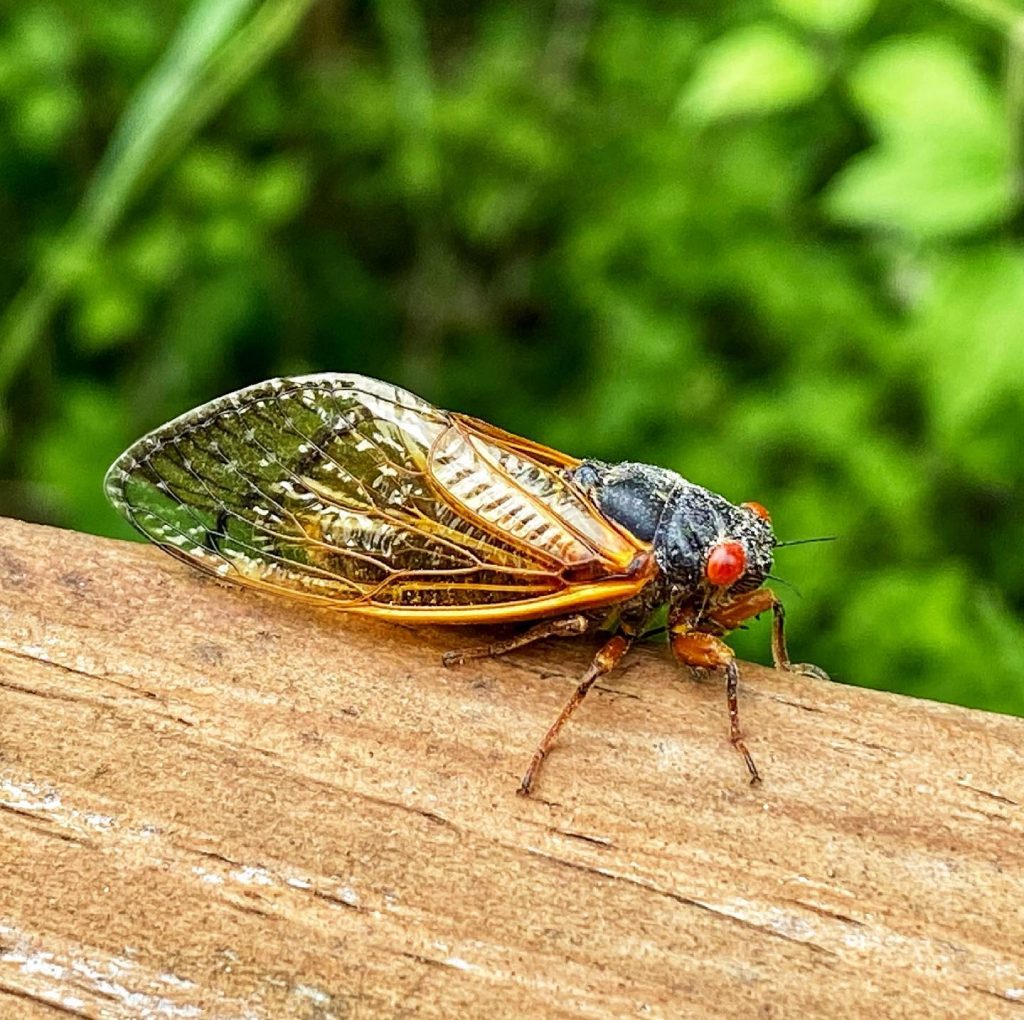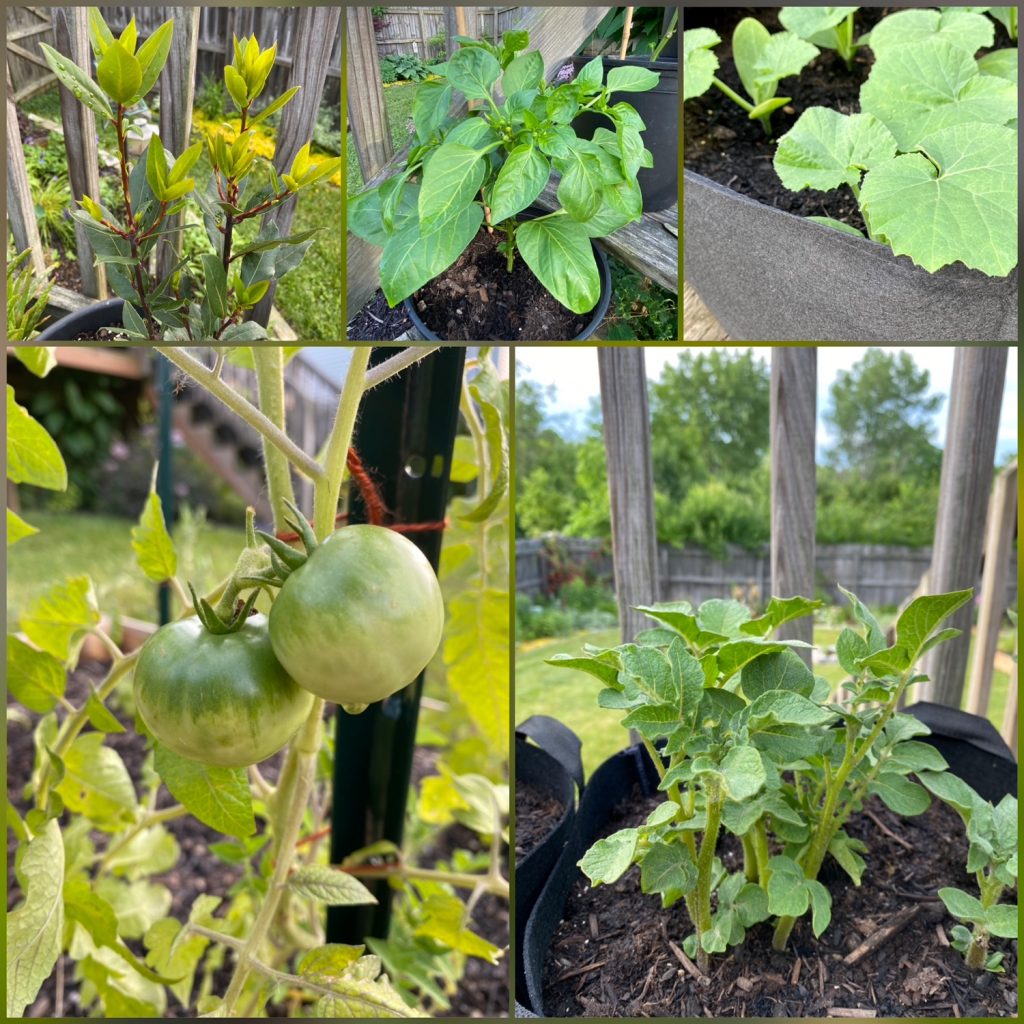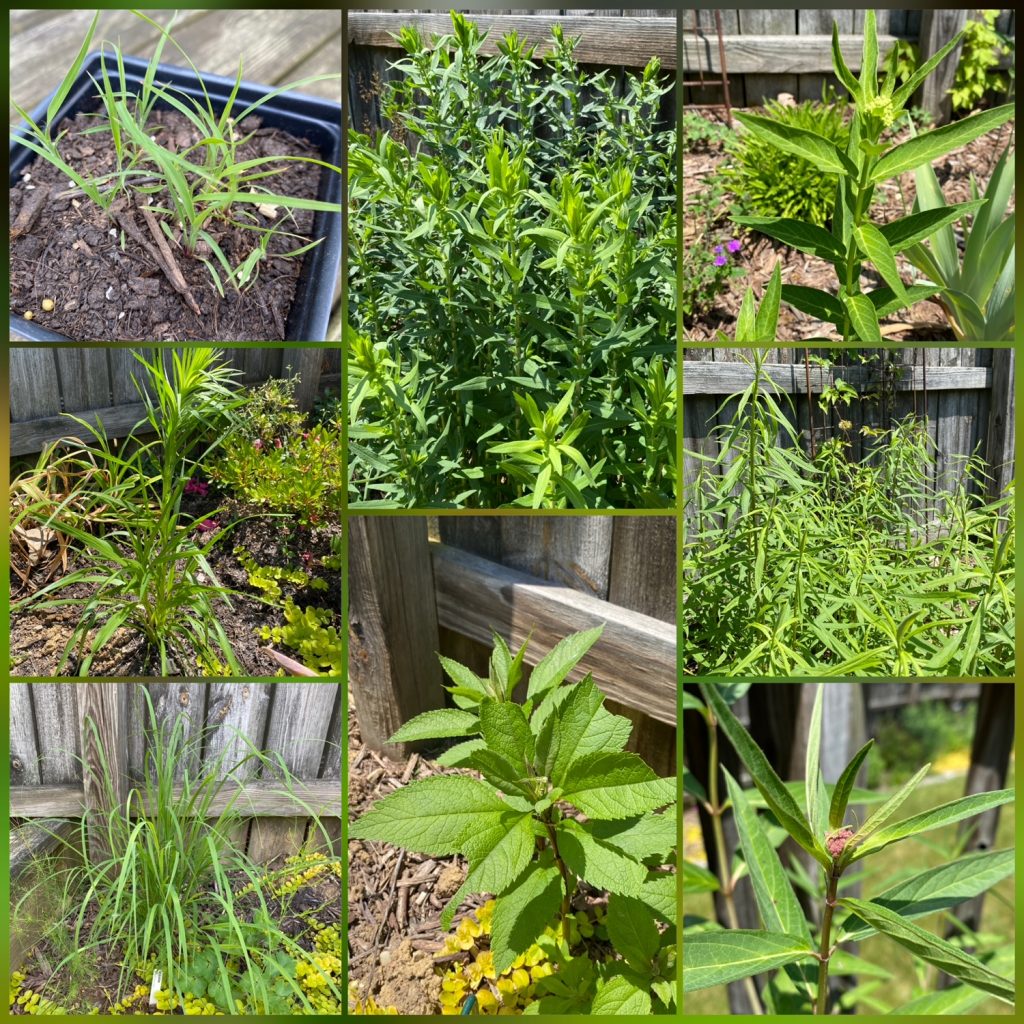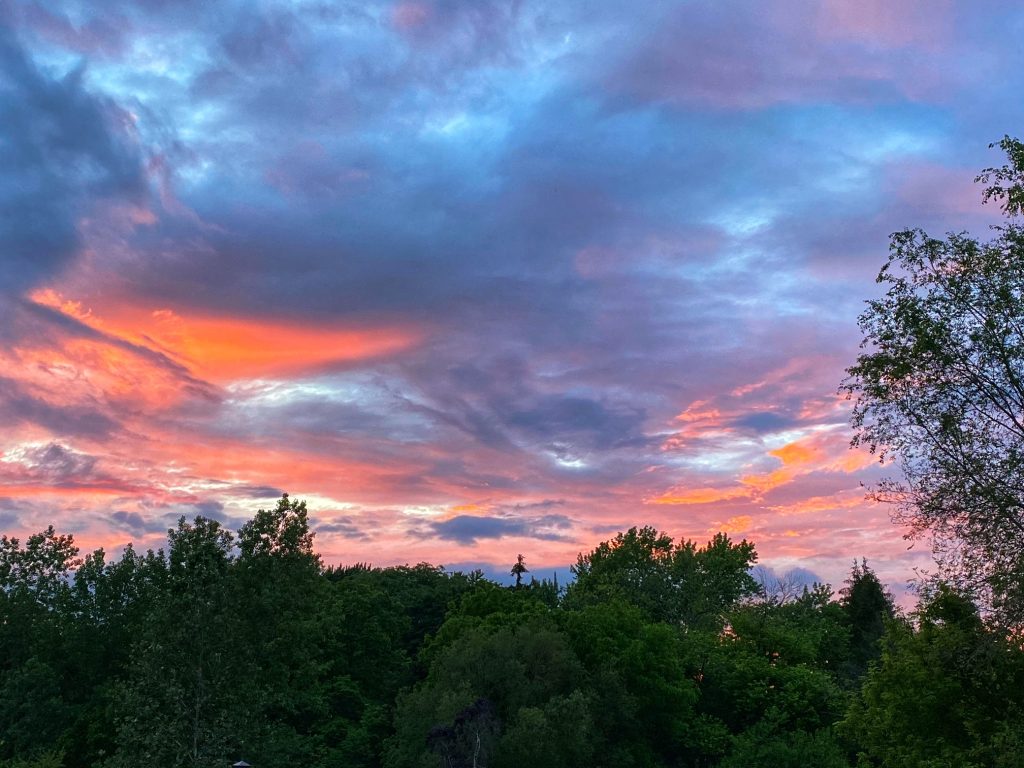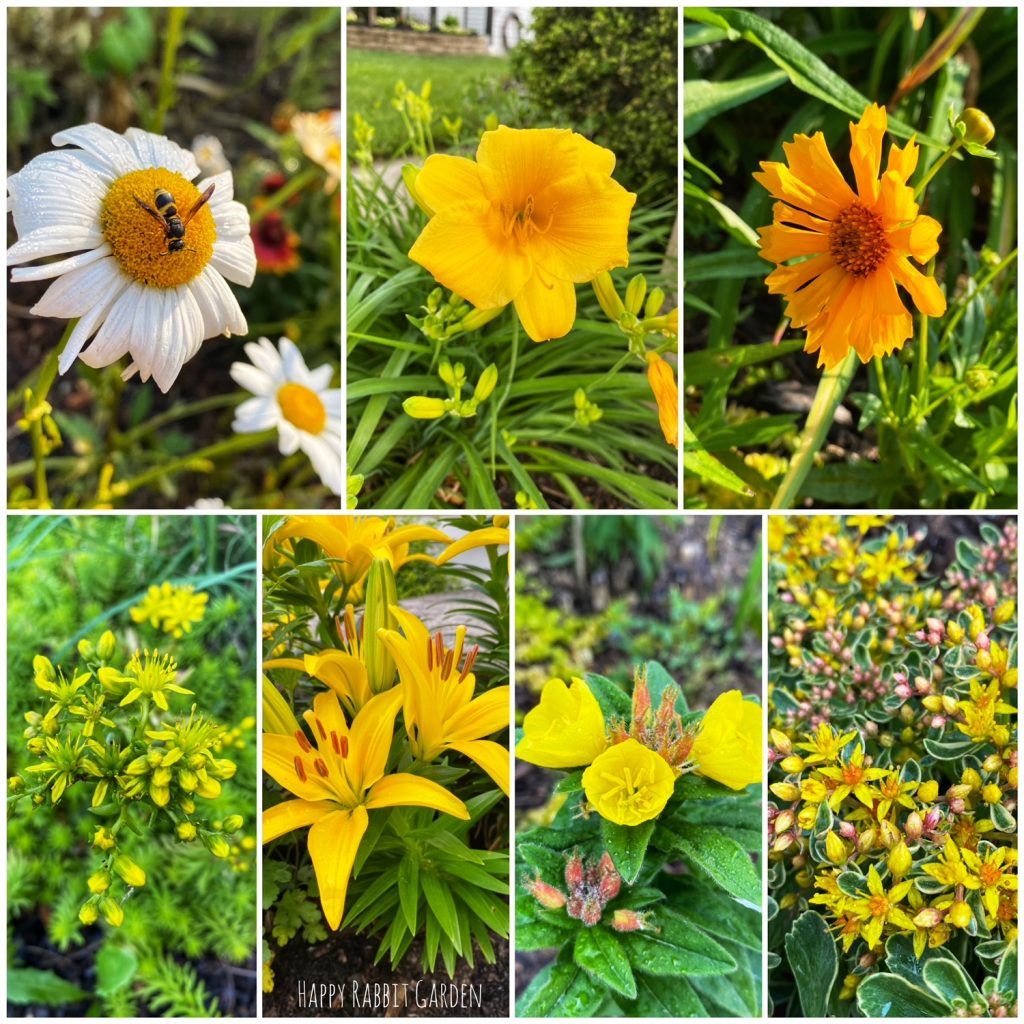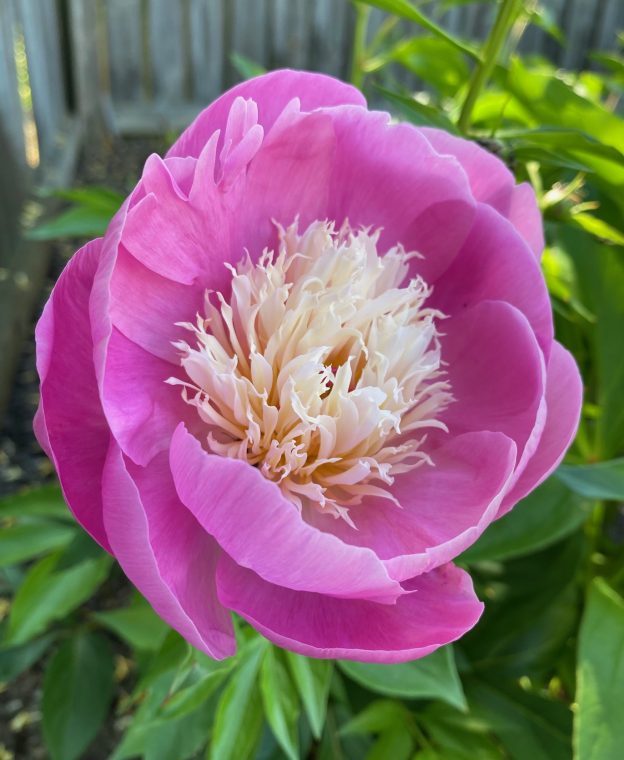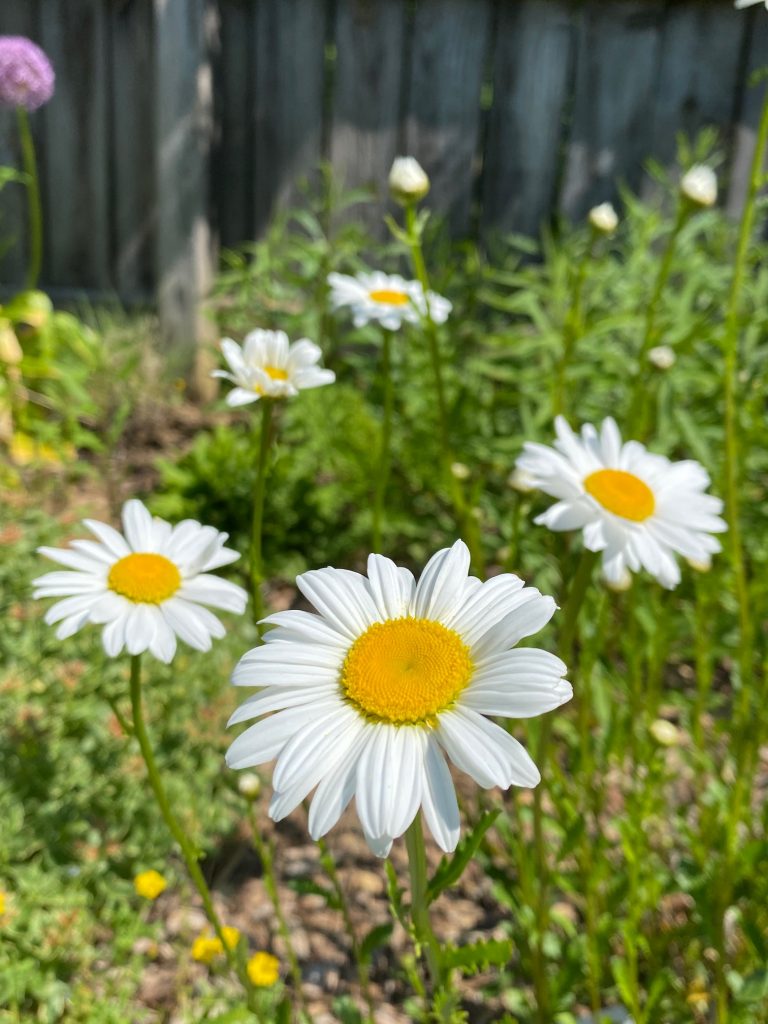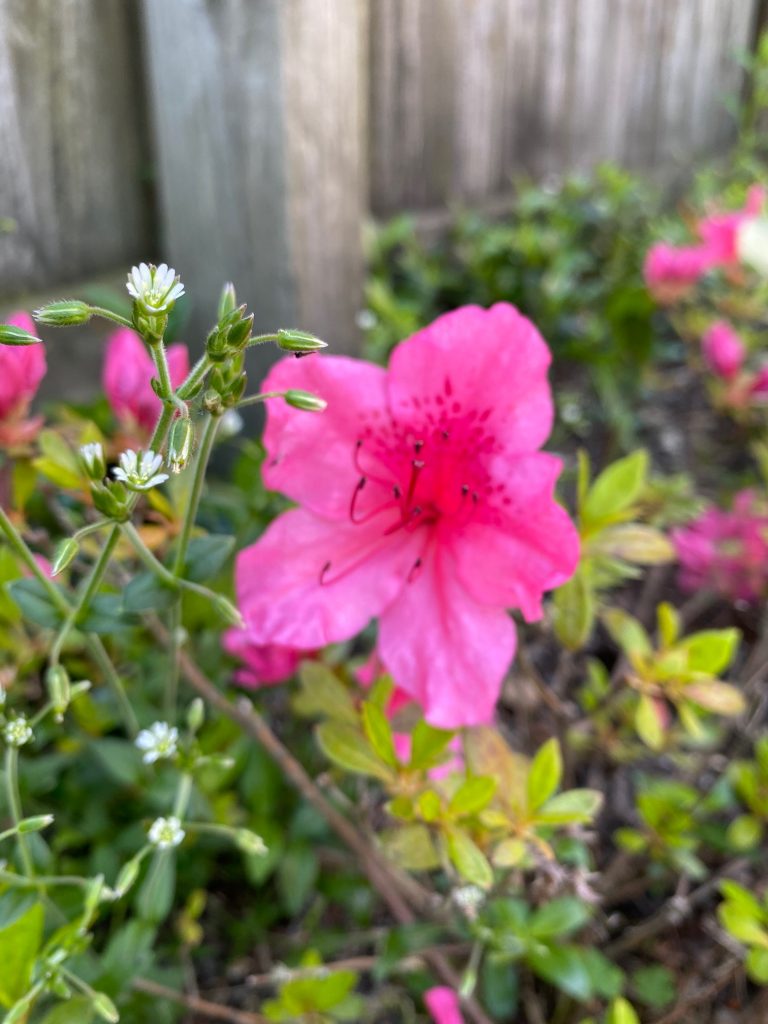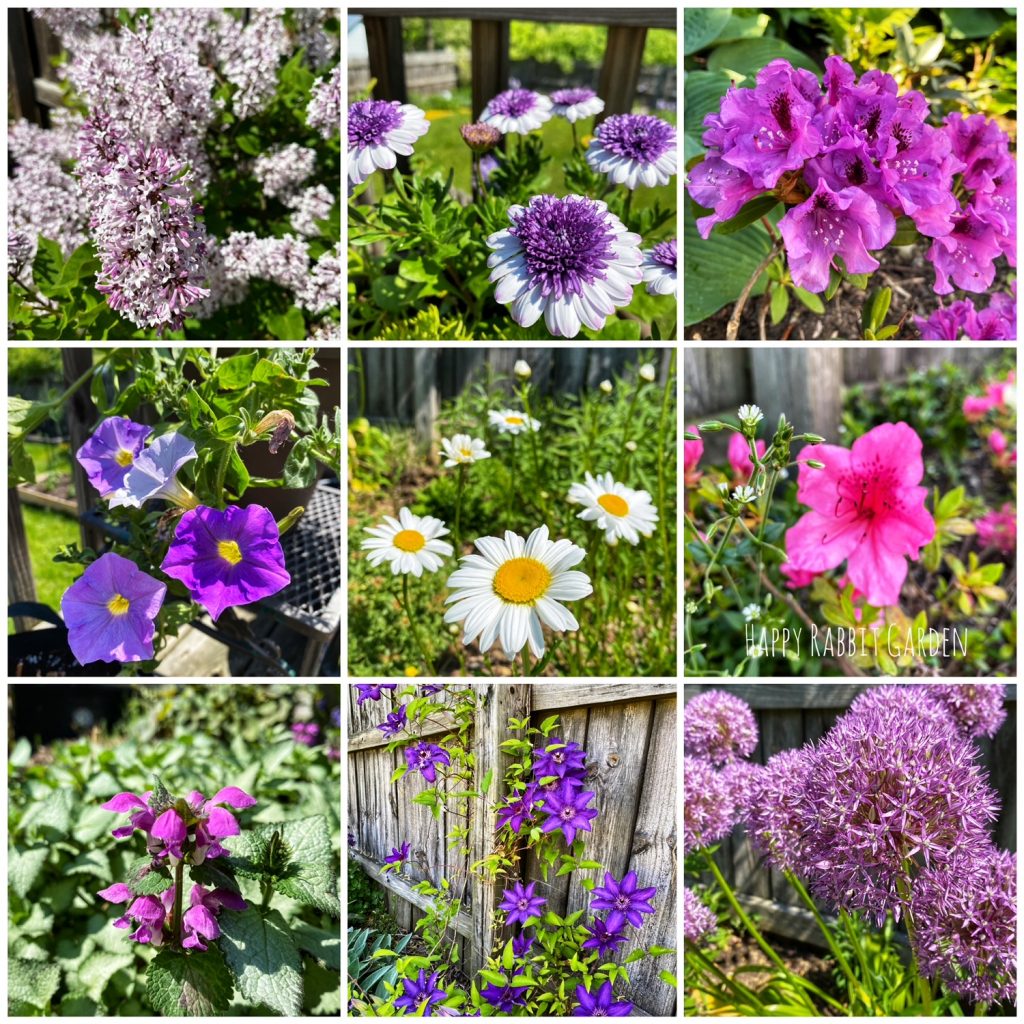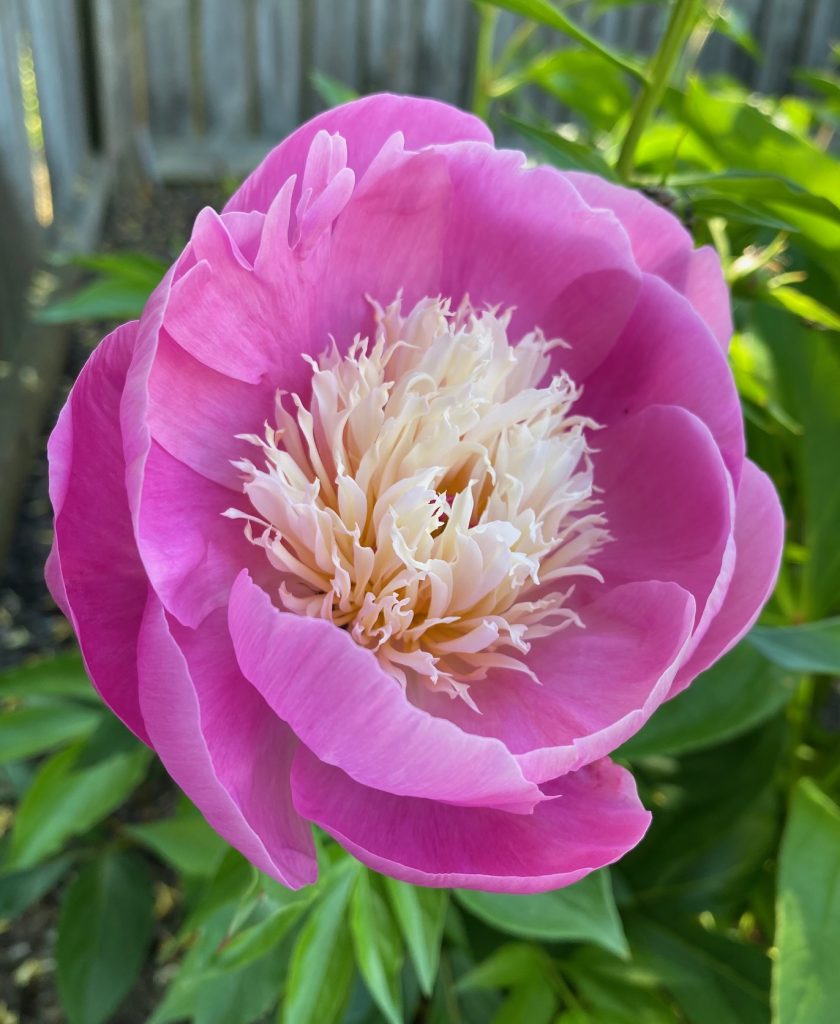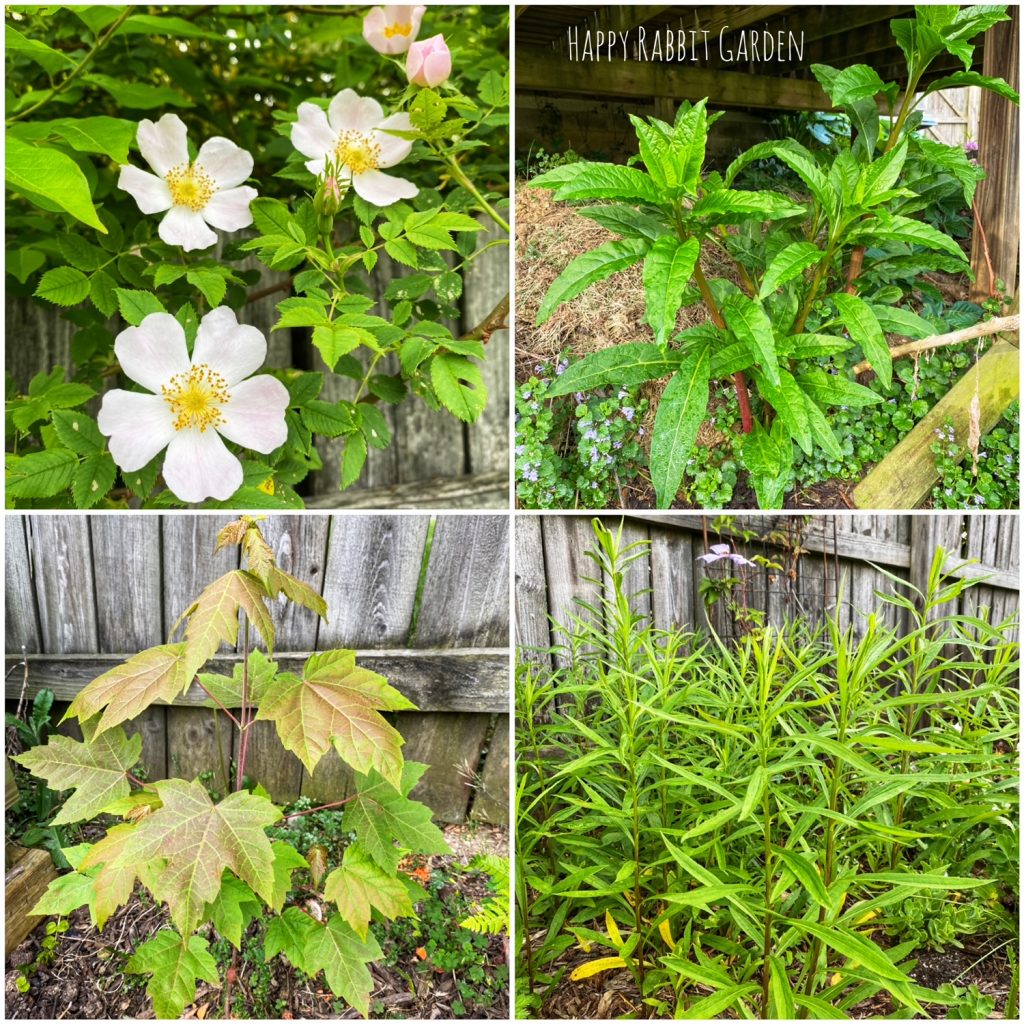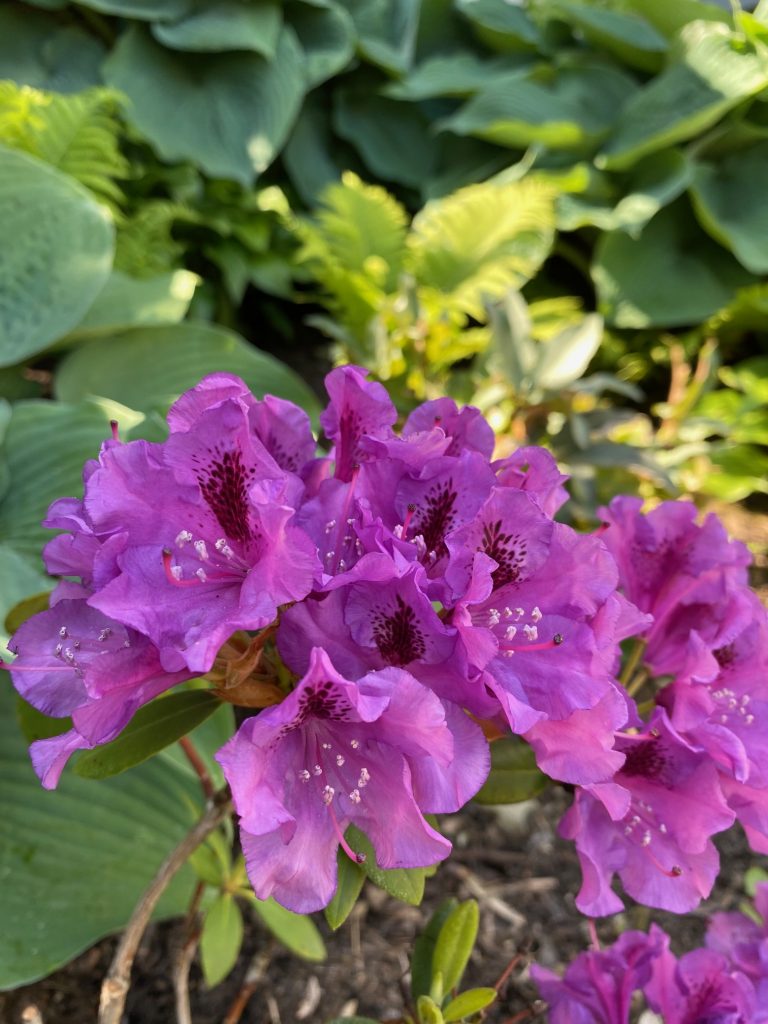
August is almost over, and while we certainly have another month or two before the season ends, my gardening motivation is waning. The summer has been especially hot and wet, which has definitely caused some ups and downs for the production levels this year. That, combined with some visits from a particularly unruly masked bandit visitor has definitely impacted my oomph.
The season started out pretty well. We had a bountiful crop of asparagus, sugar snap peas, and then the garlic and onions were ready to be harvested. It was my first year growing peas and onions, and they each exceeded expectations. After that, we had a very nice crop of carrots and lettuce. The carrots thrived under the shade of some leeks and zinnias, which seemed to protect them from all the summer heat.
Slightly less happy were our potatoes, though we still managed a decent crop. And now, I’m harvesting green beans, peppers, and tomatoes. The tomatoes, especially, are having a tough year. They don’t love excessive rain showers, or temps in the 90s, both of which we’ve had in spades since May. They caught blight a few weeks ago, and are looking very scraggly and sad. Tomatoes tend to drive me a little crazy. Our weather isn’t really the best for growing them, but they are such a popular plant. Daydreaming Me would like a greenhouse someday, so I can truly control their water intake and keep them from catching blossom end rot, blight, or one of the billion other issues that impact them.
Another plant that didn’t grow as well as I’d hoped were our cucumbers. I did manage to harvest a few to enjoy in some G&T’s, but the plants caught bacterial wilt from an onslaught of cucumber beetles. It was my first time growing these, so next year, I’ll try some natural methods to contain the beetles before they do in the entire harvest.

That wasn’t the end of the crop woes for the season. In addition to the cucumber beetles, we had a wily raccoon start throwing parties in the garden every evening. This little trash panda has really pushed all my buttons. He tips over pots on the deck, rearranges the rocks around the pond (???), broke into and ate all the black swallowtail caterpillars and chrysalises in the butterfly enclosure, and he ate all the watermelons and cantaloupes, in addition to biting the ends off a few peppers and munching on all the sugar pie pumpkin flowers. Everyone needs to eat, but he really took the wind out of my sails this summer. I’m still feeling salty about the butterflies (though I’ve spotted a bunch more caterpillars out in the parsley patch- which the raccoon has ignored, thus far), and I’m sad to not get to try any of our melons. I’ll have to step up my game next year, and try caging the plants they seem to enjoy.
So, crop-wise, it’s felt like a bit of a wash this year. As usual, though, our flowers are really crushing it. All the native plants have been thriving in the weather, and we’ve had a lovely display every day. Right now, the new england asters are starting to bloom, and their gorgeous purple flowers pop even more against the yellows of the goldenrod, which is also beginning to bloom. The pollinators are out in force all over those, as well as the joe pye weed, echinacea, black-eyed susan’s, blanket flowers, cappuccino rudbeckia, obedient plants, and sunflowers. And, while not native, the zinnias this year are also blowing me away. I grew a few rows of them in one of the raised beds, and they are covered in pollinators and birds every day. Every morning, a group of goldfinches swoops in and rips the petals off, revealing the seeds which they dine on. And, in the evenings, we see hummingbirds flocking to the zinnias, nasturtiums, and native coral honeysuckle vines.
There’s been plenty of other pleasant visitors to the yard this season. I’ve spotted hummingbird moths, lots of different bees, like the native (and endangered) american bumble bee, ladybugs, and other pollinators, like black swallowtail butterflies, monarch butterflies (now on the endangered species list), soldier beetles, american snout butterflies, and ailanthus webworm moths. The webworm moths don’t have the cutest name, but they are really pretty, with orange, white, and black markings. I’ve never seen them before, and it was exciting to spot them on the joe pye weed this year.
It always feels like such a win to spot new (to me) insects and pollinators enjoying the native plants I’ve set up in the garden. I know, every time I step outside and take a tour, that I’ll see something interesting and beautiful. Hopefully, your own gardens are having an interesting and beautiful season as well. Happy gardening!


